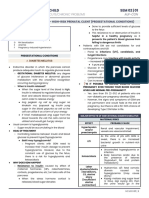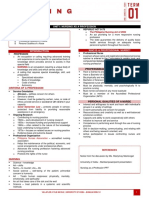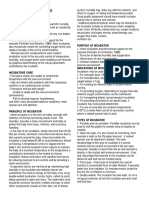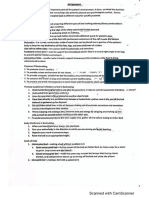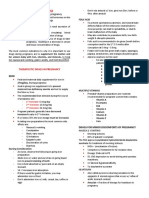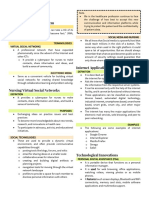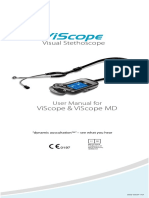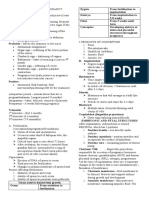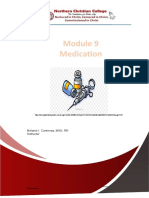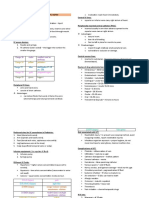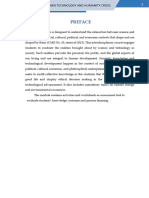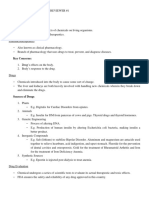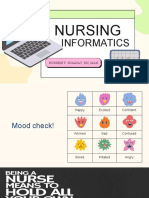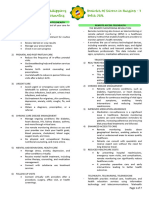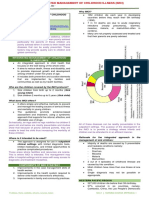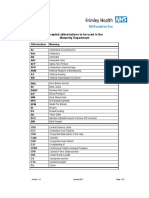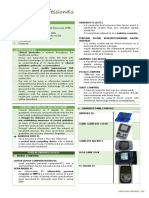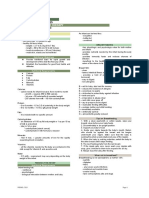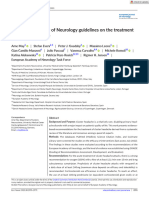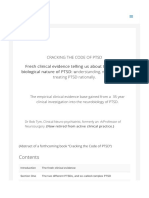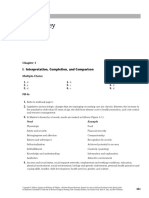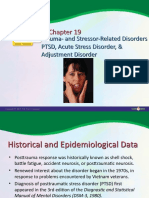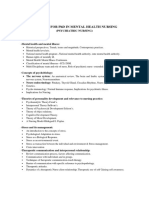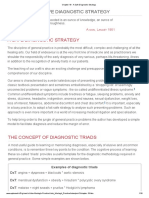0% found this document useful (0 votes)
183 views120 pagesHealthcare Tech for Modern Clinicians
The document discusses key resources that healthcare professionals rely on in the 21st century, including clinical guidelines, protocols, and procedures. It explains how clinical informatics has improved access to these resources through mobile apps and electronic health records. Guidelines are evidence-based recommendations published by expert groups, protocols are local evidence-based practices, and procedures are specific skills. Common apps like Epocrates and UpToDate centralize guidelines, protocols, and procedures. Electronic health records allow sharing of patient information across providers and improve care coordination.
Uploaded by
Crisheila Sarah PiedadCopyright
© © All Rights Reserved
We take content rights seriously. If you suspect this is your content, claim it here.
0% found this document useful (0 votes)
183 views120 pagesHealthcare Tech for Modern Clinicians
The document discusses key resources that healthcare professionals rely on in the 21st century, including clinical guidelines, protocols, and procedures. It explains how clinical informatics has improved access to these resources through mobile apps and electronic health records. Guidelines are evidence-based recommendations published by expert groups, protocols are local evidence-based practices, and procedures are specific skills. Common apps like Epocrates and UpToDate centralize guidelines, protocols, and procedures. Electronic health records allow sharing of patient information across providers and improve care coordination.
Uploaded by
Crisheila Sarah PiedadCopyright
© © All Rights Reserved
We take content rights seriously. If you suspect this is your content, claim it here.
/ 120





